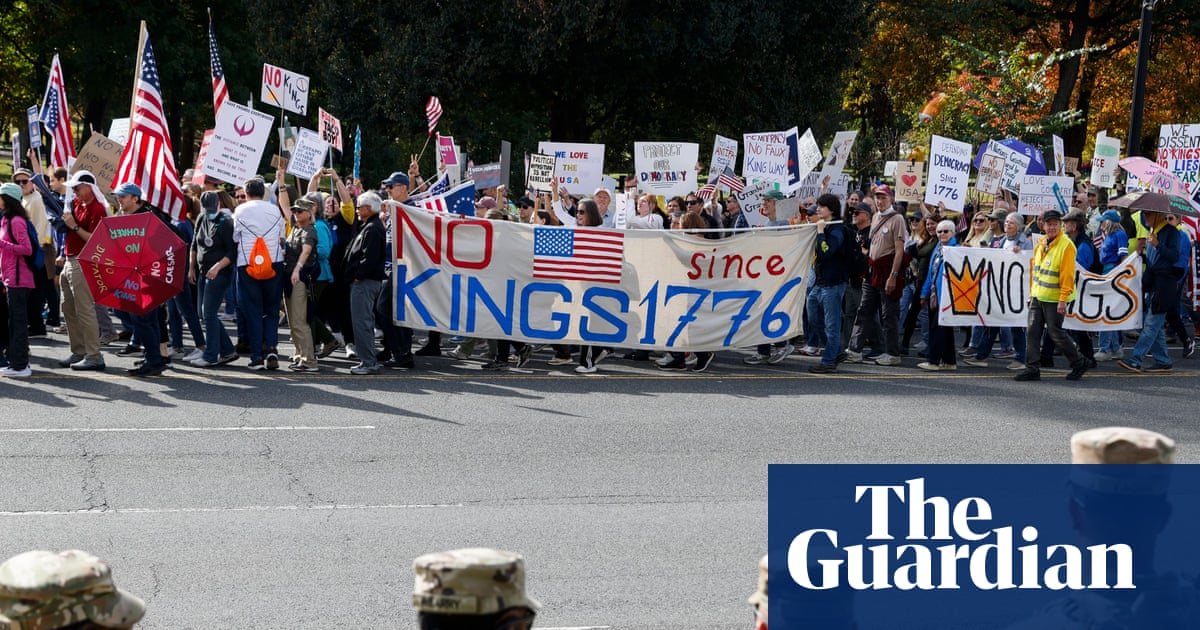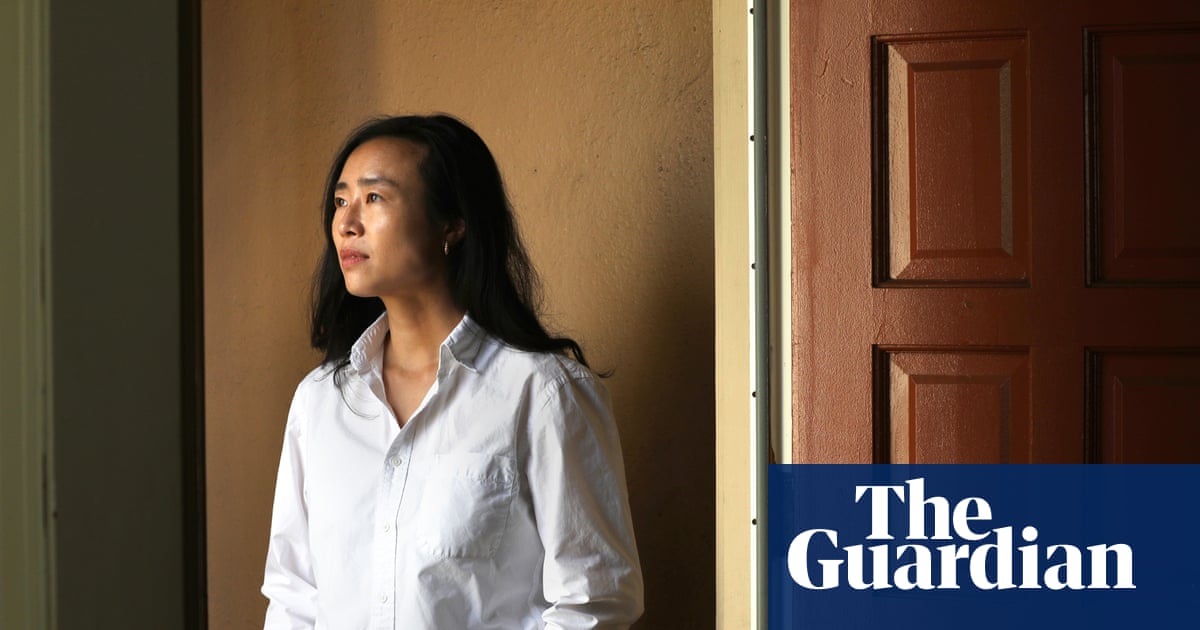The U.S. housing market has been ensnared in a growing affordability crisis for decades.
The problem has gotten dramatically worse in recent years. Since 2019, home prices are up 60% nationwide. A record-high 22 million renters are “cost-burdened” – spending more than 30% of their income on housing.
Meanwhile, stagnant wages, limited housing supply and lagging federal assistance have helped leave more than 770,000 Americans homeless.
Despite these varied reasons, Vice President JD Vance has blamed the housing affordability crisis on undocumented immigrants. In August 2025, he attributed rising housing costs to immigration: “You cannot flood the United States of America with … people who have no legal right to be here, have them compete against young American families for homes, and not expect the price to skyrocket.”
Deportations, he argued, would lower housing prices. “Why has housing leveled off over the past six months? I really believe the main driver is … negative net migration.”
Despite Vance’s claims, research shows that immigration is not a substantial cause of unaffordable housing. In fact, studies have found that deportations exacerbate housing shortages through reductions in the construction workforce, which lead to lower production of housing units and higher prices.
From this perspective, its hard to see the administration’s deportation policy as a real effort to solve the housing crisis. Rather, it is using the housing crisis as a way to justify mass deportations to the public.
The current administration’s anti-immigrant housing policy reflects a long history of xenophobia in housing. As a sociologist of housing, I’ve traced the history of racial segregation in housing in Los Angeles County. I have found that the same far-right groups that sought to defeat public housing construction and maintain racially restrictive agreements in post-World War II Los Angeles also advocated to ban immigrants from U.S. housing programs.
Earlier anti-immigrant housing plans
Among the leaders of these efforts was the far-right politician and activist Gerald L.K. Smith. Described in 1976 by historian John Morton Blum as “the most infamous American fascist,” Smith helped bridge the American right’s 1940s conspiratorial and isolationist America First era and its 1960s anti-civil rights era.
Smith traveled the country advocating a Christian nationalist vision for American society, offering a religious justification for anti-communism and opposition to civil rights. He also ran for president unsuccessfully in 1944, 1948 and 1956.

After settling in Los Angeles in 1953, Smith led Red Scare campaigns – driven by hostility to communism – across the country.
In my research, I found that Smith was an early proponent of anti-immigrant housing policy. His 10 principles included a call to “Stop immigration in order that American jobs and American houses may be safeguarded for American citizens.” Elsewhere he called to “Release housing units occupied by aliens in order that they may be occupied by veterans and other American citizens.”
Smith wasn’t alone. His efforts were part of a broader environment in which public officials and local media worked to stop construction of public housing in Los Angeles in the 1950s, accusing its proponents of communism.
Recent anti-immigrant policy in housing
State and federal policymakers have also incorporated anti-immigrant stances into American housing policy over the past half-century.
The 1980 Housing and Community Development Act was the first federal legislation to specifically bar undocumented immigrants from public housing programs. Welfare reform in 1996 further restricted public housing assistance to only legal permanent residents and those with asylum or refugee status.
Echoing the alien land laws of the late 1800s that prohibited foreign property ownership, policymakers in the 2000s in states such as Pennsylvania and Texas passed laws forcing landlords to check immigration status as a condition of rental – though this was struck down by the courts.
Today, immigrant tenants experience fewer housing rights than citizens. These inequalities fall particularly hard on unauthorized immigrants who experience high rates of housing cost burden, crowding and poor housing conditions.
The Trump administration aims to expand restrictions on immigrants in public housing even further. The Department of Housing and Urban Development is in the process of adopting rules that will evict entire families if even one member is ineligible for assistance based on immigration status. Current law allows those families to live in public housing, while prorating their benefits to account for an ineligible member.
From Smith to Vance, anti-immigrant housing policies have been cast as a way for citizens to get more housing. But they fail to prevent or solve the housing shortage driving the crisis.
For example, the Trump administration’s effort to evict mixed status families from public housing will affect roughly 25,000 households. Setting aside the fact that those families may then be made homeless, that number is only one-tenth the amount of housing that the U.S. has lost due to the defunding and demolishing of public housing since 1990.

Indeed, many of the Trump administration’s immigration and economic policies are likely to exacerbate the housing crisis. The Trump administration has made deportation a priority and has significantly increased deportation rates compared to recent years, while instituting historically high tariffs on imports.
Deportations reduce the housing construction workforce, lowering the number of units built and increasing costs. And tariffs raise prices on building materials such as lumber, steel and aluminum. The National Association of Home Builders estimates that recent tariffs have raised building costs by US$10,900 per home.
In early 2025, the Department of Government Efficiency canceled or delayed a series of HUD grants for housing assistance programs. And the Trump administration has announced plans for more cuts to the nation’s already insufficient housing assistance budget.
Vance, like Smith before him, presents the issue like a pie, where citizens can get a larger slice only by deporting immigrants. But the reality is that the pie can be bigger: The government can fully fund the housing needs of all Americans for less than it has spent on its other priorities. The recently passed “big, beautiful bill,” for example, allocates more funding to border and interior enforcement per year than key rental assistance programs, public housing and Housing Choice Vouchers allocate for housing.
In Smith’s time, everyday Americans resisted this gambit, speaking out to protest his views. Today, as Smith’s anti-immigration housing ideas have ascended to the national stage, the housing justice community is speaking out against anti-immigrant housing policy and offering an alternative vision of how the U.S. can provide housing for all.

 German (DE)
German (DE)  English (US)
English (US)  Spanish (ES)
Spanish (ES)  French (FR)
French (FR)  Hindi (IN)
Hindi (IN)  Italian (IT)
Italian (IT)  Russian (RU)
Russian (RU)  3 weeks ago
3 weeks ago























Comments